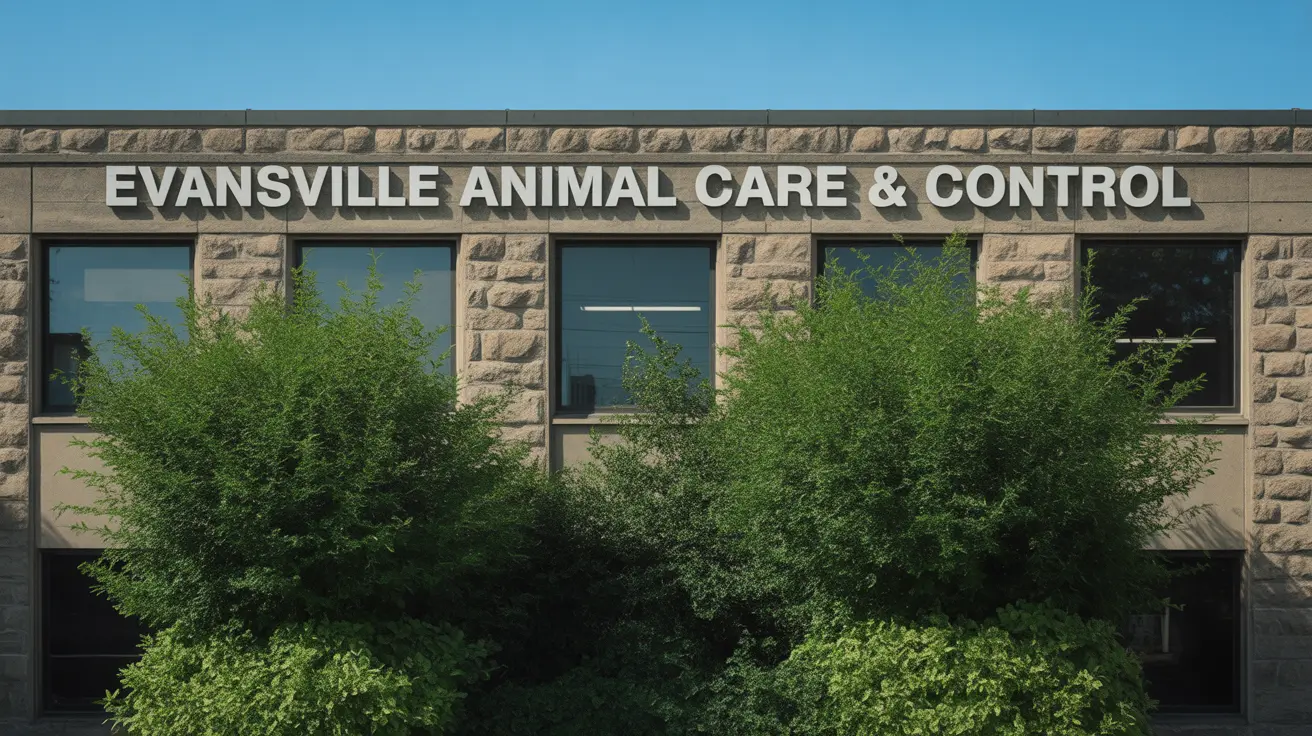Understanding Botfly Infestation in Dogs
Botflies—scientifically known as Cuterebra—are parasitic insects that commonly target rodents and rabbits but can also infest dogs and other small animals. Their larvae, called warbles or wolf worms, are the culprits behind the unsettling condition known as botfly infestation in dogs.
How Do Dogs Get Botflies?
The risk of botfly infestation rises during late summer and early fall across North America, Canada, and Mexico. This is when adult botflies are most active. Dogs become exposed to botfly eggs while exploring areas near rodent or rabbit nests and burrows—prime locations for these parasites to lay their eggs. When a dog passes through such an area, its body heat triggers the hatching of the eggs. The tiny larvae can then enter the dog’s body through the nose, mouth, open wounds, or even other orifices during grooming.
The Life Cycle Inside Your Dog
Once inside their host, Cuterebra larvae migrate to subcutaneous tissue just beneath the skin. There, they establish themselves as a lump or swelling—often with a small central breathing hole. These lesions typically appear on the head, neck, or trunk but can occur anywhere on the body. The swelling is usually soft and well-defined; it may ooze pus and is sometimes mistaken for an abscess or embedded foreign object. Matted hair and localized pain are common at the site.
- The larva develops inside this lump for 3–6 weeks.
- When mature, it exits through the breathing hole and drops to the ground to pupate.
This cycle completes in the environment outside your dog’s body.
Symptoms of Botfly Infestation
The signs you’ll notice depend on where the larva settles:
- Skin (Cutaneous form):
- Lump with a small central hole (breathing pore)
- Redness or local irritation
- Pain at the site (sometimes with secondary infection)
- Matted hair around the lesion
- Pus discharge from the opening
- Lethargy or decreased appetite (in some cases)
- If larvae migrate internally:
- Nasal/respiratory: sneezing, coughing, facial swelling, nasal discharge, difficulty breathing
- Ocular: conjunctivitis (pink eye), eye discharge, eyelid swelling, inflammation within the eye
- Nervous system: abnormal behavior, circling, wobbliness (ataxia), head tilt, seizures, fever, paralysis, blindness
Most cases involve only skin lesions. However, if a larva migrates to vital organs like the brain or lungs—or even eyes—serious complications can develop. Yorkshire Terriers and dogs under 10 pounds may be more frequently affected according to some reports.
Diagnosing Botfly Infestation
A veterinarian usually diagnoses botfly infestation by visually identifying the larva within a lump or by removing and examining it. If there’s suspicion of deeper tissue involvement (such as neurological symptoms), advanced imaging like ultrasound, CT scan, or MRI may be required.
Treatment: What Happens Next?
- A veterinarian manually removes the larva by enlarging its breathing pore and gently extracting it using forceps.
- The wound is thoroughly cleaned and flushed with sterile saline; it's left open to heal naturally.
You should never squeeze or puncture these lumps yourself—rupturing a larva can cause allergic reactions, secondary infections, or persistent inflammation. In some cases (especially if internal organs are involved), antiparasitic medications like ivermectin and steroids might be prescribed. Antibiotics are used if there’s evidence of bacterial infection.
Prognosis After Removal
If treated promptly and correctly for cutaneous (skin) infestations, most dogs recover well without complications—the wound generally heals on its own. Problems arise if part of the larva remains behind; this may lead to chronic infection or recurrent draining tracts requiring further care. When nervous system involvement occurs due to internal migration of larvae—a rare but grave complication—the outlook is less favorable.
Prevention Tips for Pet Owners
- Avoid letting your dog roam near rodent/rabbit burrows during high-risk months (late summer/fall).
- Check your dog’s coat and skin regularly for unusual lumps after outdoor adventures.
- Stick to routine deworming schedules recommended by your vet—it helps prevent internal parasite development.
If you suspect botfly infestation in your dog: do not attempt home removal. Always seek professional veterinary care for diagnosis and safe treatment.
The Takeaway on Botflies in Dogs
- Botfly infestation happens mostly in warm months when dogs encounter rodent/rabbit habitats.
- The hallmark sign is a lump with a breathing hole—usually found on head/neck/trunk areas.
- Treatment involves careful removal by a vet; squeezing can make things worse.
- The prognosis for skin-only cases is good; neurological involvement carries greater risks.
- Diligence outdoors—and quick action if you spot suspicious lumps—can protect your pet from this unpleasant parasite.





